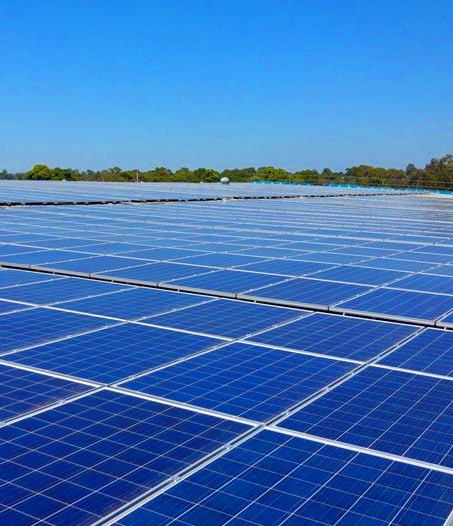NT solar giant looms
 More details have been released for a planned $30 billion solar energy project in the Northern Territory.
More details have been released for a planned $30 billion solar energy project in the Northern Territory.
Sun Cable has submitted the environment impact statement (EIS) for its Australia-Asia PowerLink - a $30 billion plan to harness solar energy in the Northern Territory and transmit the power to Singapore via undersea cables.
It is being spruiked as the world's largest solar energy infrastructure project.
The company says the project would have “potentially transformational” positive impacts, such as a 10 per cent reduction in the NT's greenhouse gas emissions while supplying up to 15 per cent of Singapore's energy needs.
The plan is to begin construction in 2024, generating 1,750 jobs in its first phase and another 350 ongoing jobs across the project's 70-year lifespan.
“The lodgement of the EIS to the NT [Environment Protection Authority] is a significant milestone for the AAPowerLink,” says Sun Cable chief executive David Griffin.
A central element of the project is a huge “solar precinct” near Elliott in the NT's Barkly region, with solar arrays set to cover 12,000 hectares of land to generate up to 20 gigawatts of power.
It would transmit that power along 788 kilometres of overhead transmission lines, largely following the railway corridor to Darwin, channelling about 800 megawatts of power into Darwin's electricity supply (which almost double the region's current demand), before the remaining power is transferred to undersea cables over 4,200 kilometres to a converter station in Singapore.
The EIS lays out some potentially negative environmental impacts, including impacts on vulnerable plant species, including Darwin Cycads, near the converter site.
It also says about seven per cent of the threatened plant species Typhonium praetermissum would be removed from the area, and that weeds could spread as a result of land clearing in the project areas.
Overall, the EIS deems that the project is unlikely to affect local fauna, though it notes the undersea cables will pass through areas where several threatened and migratory marine animals occur.
Additionally, impacts associated with extra noise and light from vessels, or electromagnetic fields from the cables, are expected to be minor.
Sun Cable says it will run further surveys of threatened species to fill its knowledge gaps.
Another potential negative impact is the prospect of reduced housing affordability and availability due to the influx of a large workforce.
Sun Cable also says it is working closely with traditional owners to negotiate Indigenous Land Use Agreements.
It is seeking approval from the NT's Aboriginal Areas Protection Authority to ensure sacred sites would not be impacted.
No contracts to supply renewable energy to Singapore have been secured, but reports say commercial discussions are continuing.








 Print
Print